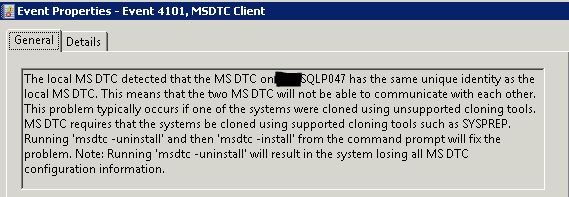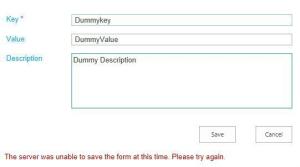Recently I had some MSDTC issues on one of the servers in my farm.
I had installed and configured K2 Blackpearl with K2 Smartforms seemingly without any problems. Until I began to build some workflow solutions.
On the very first workflow solution I built, I hit a snag in the deployment of my workflow.

Not sure what the problem could be, I checked all my K2 configurations to make sure I hadn’t overlooked anything, but all came back fine.
I also ran the K2 Setup Manager, and the configuration checker came back without any errors. After struggling for too long, I raised a ticket with K2, who suggested it could be a MSDTC issue.
I ran a few tests using DTCPing, but the tests came back sucessful.

I was hitting my head against the desk until the guys at K2 suggest I test with an alternate DTC tester.
So, heading off to my server I tested the MSDTC again with the MSDTCTester tool.
The result of the test proved there was indeed a MSDTC configuration problem.
I made some changes, and to be sure that these changes applied correctly I restarted the servers (I was lucky in this case as the servers weren’t live as yet).
When the K2 server started up again, I came across an error in the Eventlog that finally gave me a clue as to the problem.
The error above indicates that servers were cloned and that the CID registry key are the same on the K2 server and on the SQL Server.
I’ve seen a few post that suggest you are able to rename the folder in the registry, which I tried, but it did not work.
For me, the solution was right there in the error message:
1. MSDTC -uninstall
2. MSDTC -install
I then did a reboot for good measure. When the server came back up again, I tested the deployment of my workflow, voila, alls well with my MSDTC. 
Hope this post helps someone else who might be struggling with MSDTC issues.
Cheers













